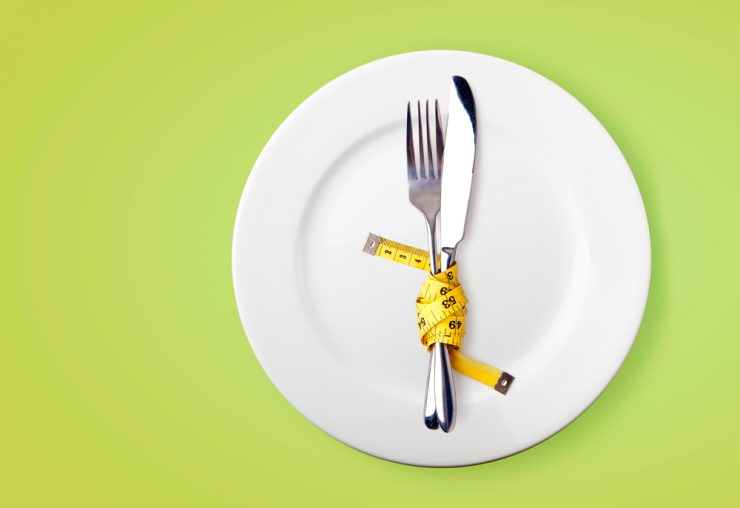A low sodium diet typically consists of no more than 1500-2400 mg of sodium each day. For reference, a teaspoon of salt consists of about 50% sodium, making it 2300 mg. Participants suffering from heart failure, which can be moderate to severe, are encouraged to keep their sodium intake at around 2000 mg a day. While sodium is naturally occurring in some foods, it is also added during the manufacturing process to a variety of pre-packaged foods.
One of the steps used to treat people who suffer from hypertension, diabetes, congestive heart failure, kidney disease, and liver failure is to recommend a low-sodium diet. These individuals are advised to boost their consumption of fruits and vegetables, limit their intake of most processed foods, and avoid adding salt to their foods. Instead of salt, many individuals learn to flavour their foods with herbs, spices, and even a squeeze of fresh lemon. Since many people follow this type of diet today there are many convenience foods available with decreased sodium levels, which are labelled “reduced sodium”.
Some sodium is beneficial to everybody’s daily diet, which is why it would not be healthy to eliminate it from your diet. However, too much sodium causes the body’s blood volume to increase as well as some of the arterioles to constrict; thus causing your cardiovascular system to work harder than should be necessary. By making sure that one does not consume an excessive amount of salt, healthy individuals can help prevent heart disease before it even begins.
Low sodium diet

Let us know if you liked the post. That’s the only way we can improve.











